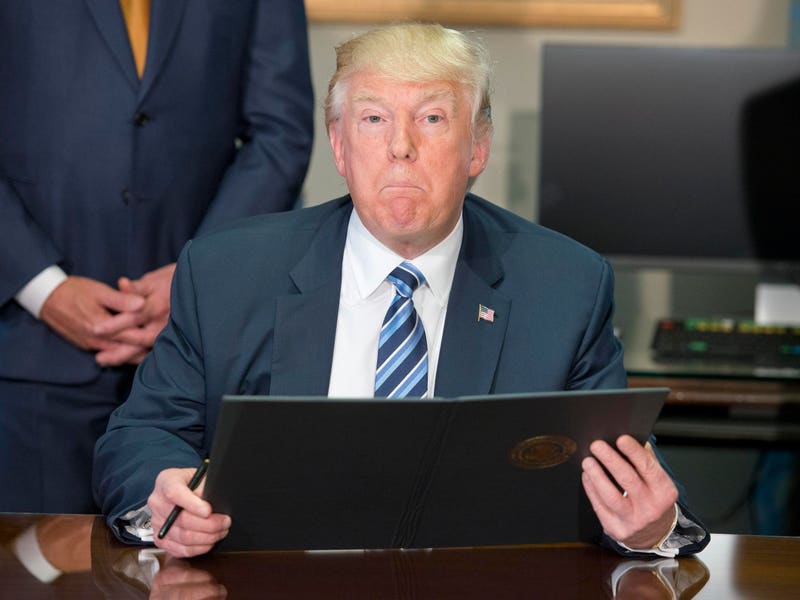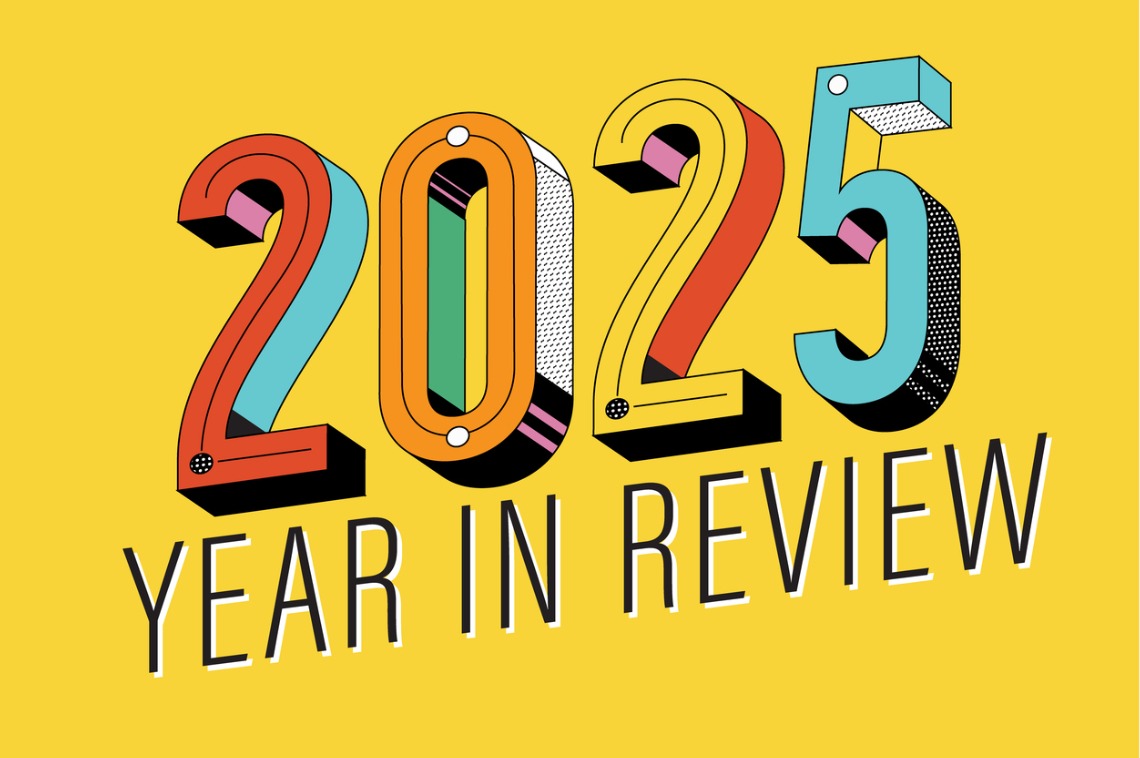P
resident Donald J. Trump signed an Executive Order on August 7, 2025, allowing 401(k) plans to invest in alternative assets such as private equity, real estate, and cryptocurrencies for the first time. This policy change has the potential to alter retirement savings for approximately 70 million Americans participating in 401(k) plans.
The order directs the Department of Labor to review its rules on fiduciaries handling alternative investments in ERISA-covered retirement accounts. The SEC will modify regulations to permit 401(k) participants to select funds with alternative assets, breaking down barriers that have historically prohibited workers from accessing these investments.
This change aims to enhance retirement security by diversifying investments and creating a more level playing field for everyday savers. Until now, 401(k) plans have provided limited asset classes as options, such as mutual funds, index funds, bonds, and company stock. Alternative assets like private equity and real estate can provide higher long-term returns but come with risks.
The inclusion of cryptocurrencies in 401(k) plans has generated excitement due to their potential for high returns and diversification benefits. However, digital assets are volatile and pose regulatory challenges. To add cryptocurrency to 401(k) plans, administrators may need to work with regulated custodians or establish distinct index funds related to cryptocurrency.
Proponents of the change argue that adding investment choices can create better outcomes for workers by providing access to alternative assets typically reserved for institutional investors. Critics raise concerns about the risks associated with private equity and cryptocurrencies, including expensive structures, excessive fees, and volatility.
The Executive Order establishes expected direction, but agencies will determine the specifics. The Department of Labor must produce updated guidance on fiduciary duties when providing alternative asset classes to retirement savers. The SEC and Treasury are expected to formulate regulation to allow for alternative assets as qualified default investment alternatives.
President Trump's Executive Order represents a significant change to U.S. retirement policy, opening nearly $9 trillion in 401(k) accounts to alternative investments. This presents both opportunity and risk for approximately 90 million Americans. Ultimately, the value of this policy will hinge on how regulators enact clarity through regulation and how individual savers comprehend the assets in which they choose to invest.














